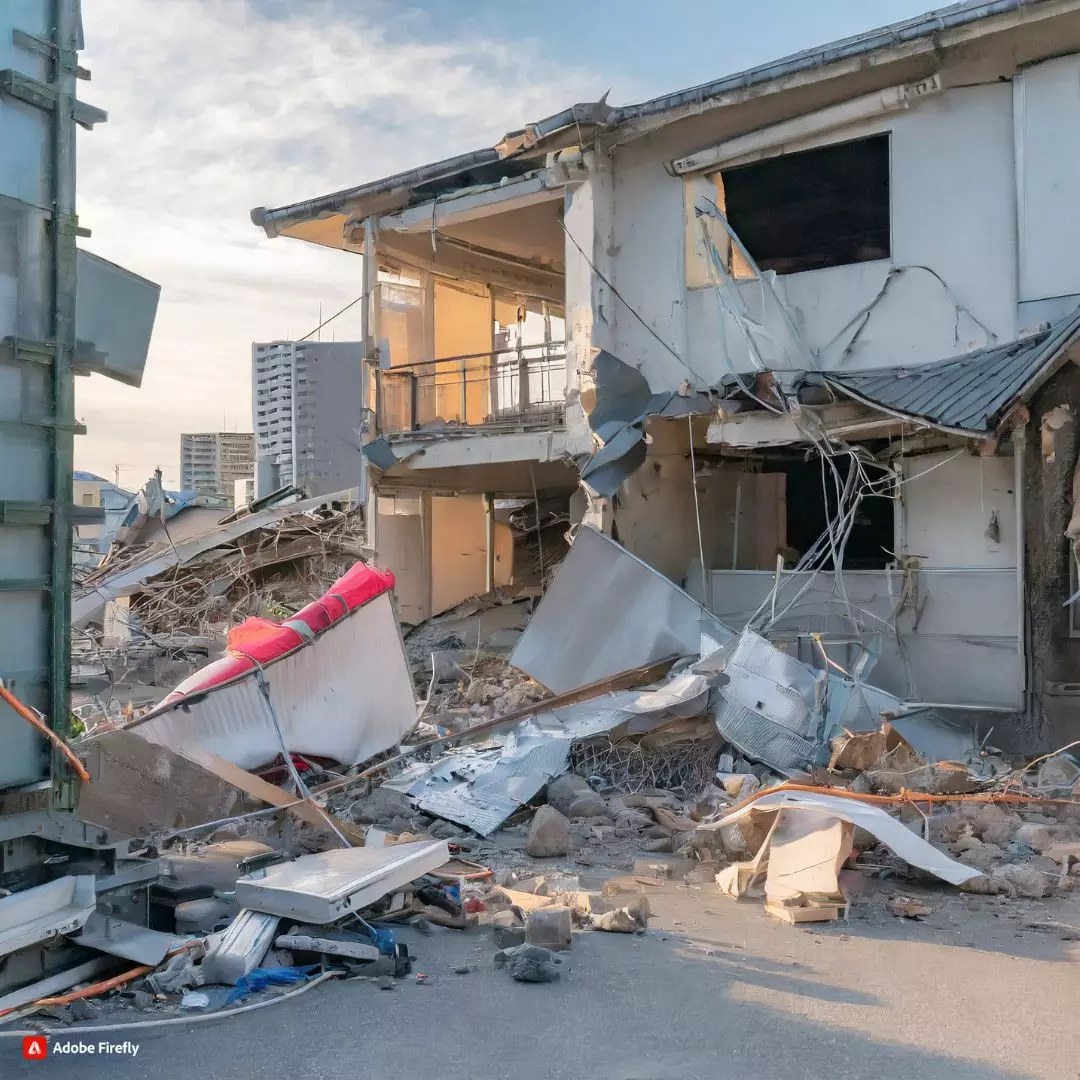The death toll from a powerful earthquake that struck central Japan on New Year’s Day has reached 62, with over 300 reported injuries, including 20 severe cases, according to a local government official. The impact of the quake has left thousands of homes destroyed, while essential services such as water, power, and cell phone connectivity remain disrupted in certain areas due to persistent aftershocks.
Residents in affected areas are grappling with the aftermath, expressing despair over the uncertain future. In response to the disaster, massive rescue efforts are underway, with thousands of Japanese army personnel, firefighters, and police officers mobilized to the worst-hit area in the Noto peninsula, Ishikawa prefecture. Their primary focus is on rescuing survivors and providing assistance to those affected as reported by LiveMint.
Despite the gradual increase in casualty numbers, prompt public warnings through broadcasts and phones, along with a swift response from the general public and officials, have seemingly helped limit some of the damage. The Japan Meteorological Agency has reported more than 140 tremors since the initial quake of magnitude 7.6 struck on New Year’s Day. Authorities have cautioned that additional strong shocks could occur in the coming days.
Aerial footage from Japanese media reveals extensive damage in the hardest-hit areas, with landslides burying roads, boats tossed in the waters, and a fire reducing a section of Wajima city to ashes. Japan’s susceptibility to earthquakes is attributed to its location along the “Ring of Fire,” an arc of volcanoes and fault lines in the Pacific Basin, according to AP reports.
Toshitaka Katada, a University of Tokyo professor specializing in disasters, warns that the situation remains precarious and unpredictable, drawing parallels with the 2011 quake and tsunami in northeastern Japan. The earthquake comes at a critical juncture for Japan’s nuclear industry, facing opposition since the 2011 Fukushima disaster. Regulators report that several nuclear plants in the region are operating normally.
The Japan Meteorological Agency issued a major tsunami warning for Ishikawa and lower-level warnings for the rest of Japan’s western coast and the northern island of Hokkaido. Evacuated individuals are seeking refuge in auditoriums, schools, and community centres, with bullet trains halted and sections of highways closed. Despite initial disruptions, train services were mostly restored by Tuesday afternoon.
As Japan grapples with the aftermath of this devastating earthquake, the nation remains united in its efforts to rescue survivors, provide aid, and rebuild the affected regions. The unpredictability of aftershocks adds an additional layer of challenge to the ongoing recovery operations.
Also Read: UK Implements Stringent Visa Rules For International Students, Dependents To Be Affected












